The debate surrounding genetically modified organisms (GMO) is an impassioned one. This high-tech food production method, which occurs when genes are modified by scientists, is the topic of heated discussion, and there is a significant amount of research already conducted, and currently being conducted, attempting to prove and disprove its safety. Those in favor of GMO argue that the science benefits the agriculture industry, markets and even the nutritional value of food in some cases, while those against argue that eating genetically modified food is dangerous, unnecessary, and potentially harmful to human health. Despite the significant controversy that surrounds this farming practice, GMOs are found in more than 70 per cent of processed food in the US, and often without labels to specify that fact..
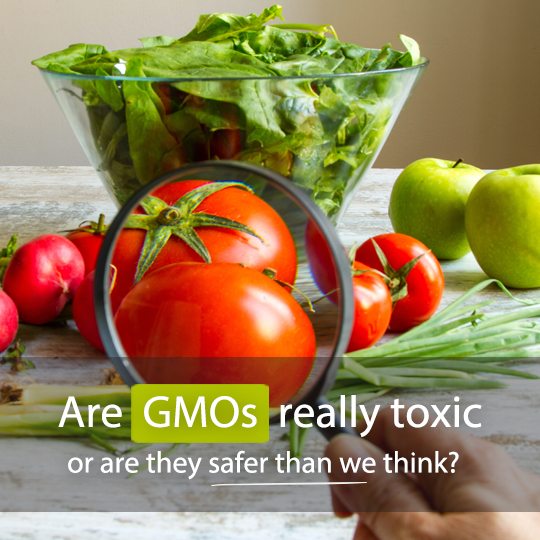
What Is GMO?
Also known as ‘genetic engineering’, genetic modification involves the technologically-advanced science of extracting genes from the DNA of one species and artificially implanting them into another species. This allows farmers to guarantee desirable traits in their food crops and livestock. For example, scientists are testing GMO options to make tomatoes more resilient to freezing temperatures. One experiment that was conducted by scientists was to insert an antifreeze gene from a winter flounder, which can live in freezing waters, into tomatoes to increase their tolerance to frost. This genetically modified tomato is not commercially available, but is an example of the kind of research being conducted into revolutionizing the agriculture industry.
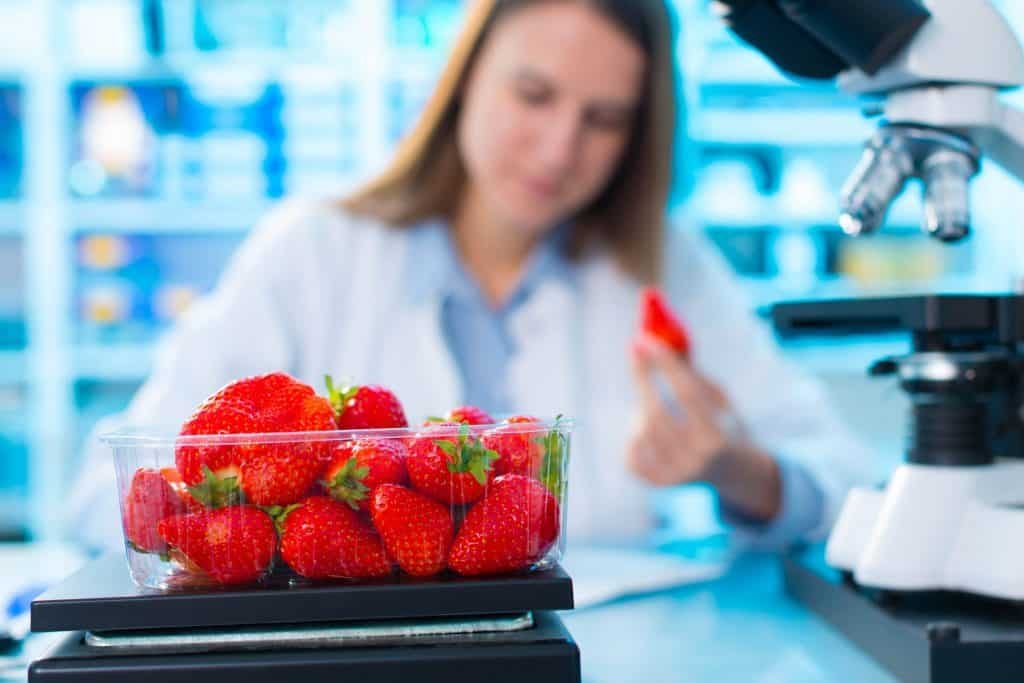
Genetic modification is a significant step up from ‘selective breeding’, which has existed for thousands of years. This modern biotechnology is more efficient and effective than previous breeding methods, enabling seed developers to add genes from other organisms into crops, directly modifying the product’s genome. Using genetic modification like this, scientists can produce new varieties of plants and animals with certain qualities, which in some cases, means they can eliminate the use of chemical pesticides. For example, if a crop is being destroyed by a certain insect, scientists can add a particular gene that acts as a repellent for that insect. Genetic engineering has allowed farmers to deal with common problems they are confronted with, such as increasing wheat’s resistance to drought, and allowing maize to survive pesticides. Some GM crops can even produce higher yields than natural crops. However, on the other side of the fence, it is argued that genetic modification has increased the use of pesticides because scientists are able to make the food resilient to the chemicals.
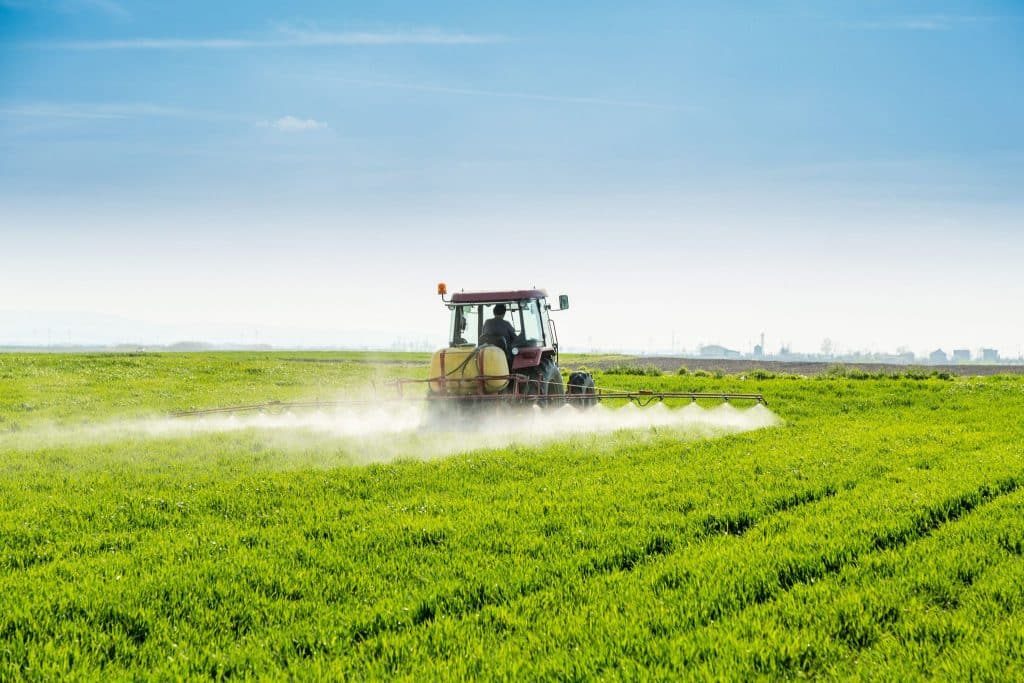
What Are The Major Concerns?
The biggest question people are asking is whether GM foods will have a negative impact on human health and the environment. The human health aspect stems from the changes to the nutritional content of foods, allergy responses, toxicity, organ damage and gene transfer. These questions have been addressed over a number of years through in-depth research conducted by different independent groups around the world. As a result, the American Medical Association and World Health Organization have both concluded that GM foods are safe for consumers. But there are plenty of unanswered questions in relation to large-scale genetic medication and GMO agriculture. According to some scientists, there are potential environmental concerns regarding the impact and sustainability of GMO farming, while supporters say it could have a positive effect on the environment. And so, the battle rages on…
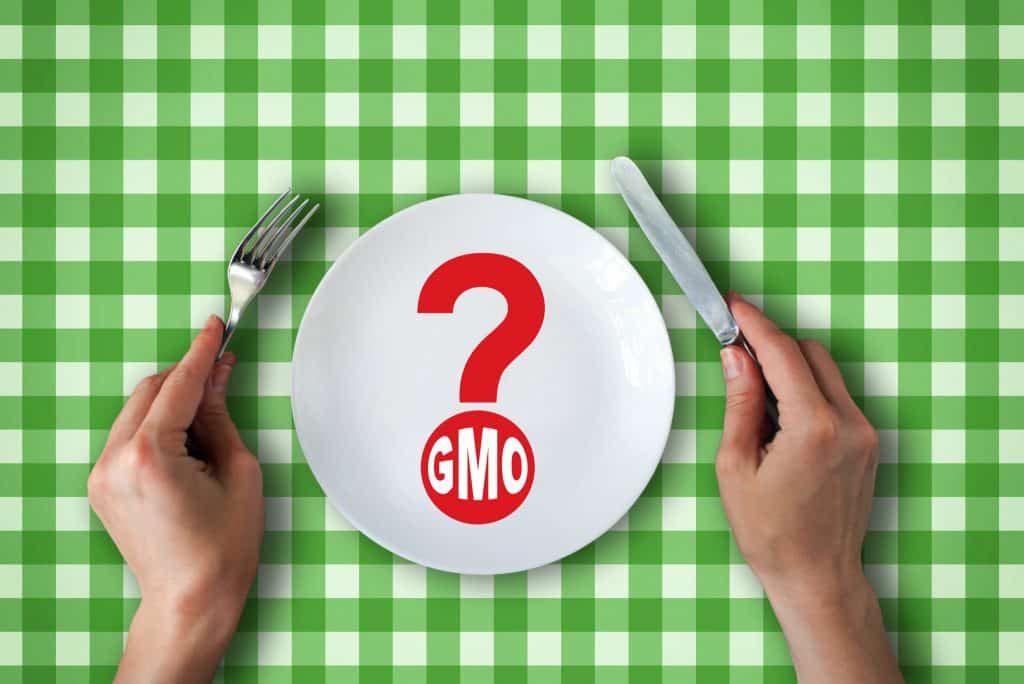
Understanding Genetics, Evolution And Selective Breeding
To understand genetic modification, you should first get your head around genetics, evolution and the millennia-old practice of selective breeding.
Genetics is the field name of the scientific study of genes, heredity and inherited characteristics. Genes are made up of DNA and act as instructions to make living organisms. All living plants and animals inherit genes from their ancestors, and these genes tell cells what to do, which results in the appearance and function of the product. However, genes are prone to mutation, which is one of the reasons everything has a unique physical feature, even if it is very minor.
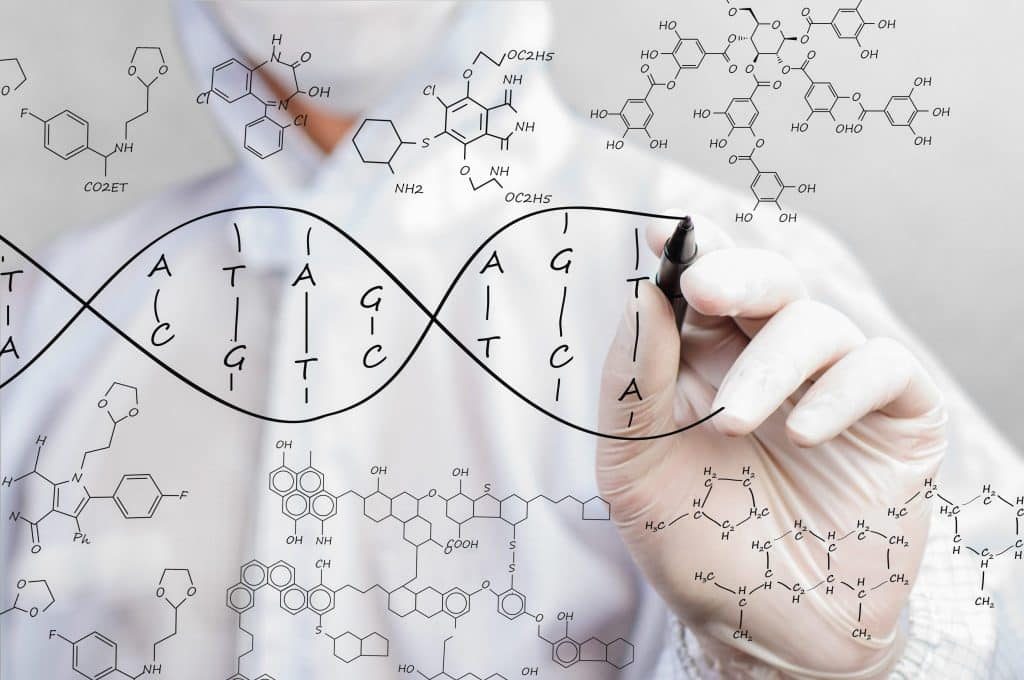
Evolution refers to the historical occurrence of change in species over many generations. The genetic makeup of individuals causes the evolutionary changes, even within the same species. This is usually a very slow process and is influenced by certain environmental conditions. Natural selection is an example of evolutionary adaptations, and it is a very simple one. It refers to the rates of reproduction and mortality, with those best suited to their environment surviving and reproducing more successfully than organisms that are not as well suited. As a result, after several generations, the better-adapted organisms are the dominant ones, filtering out the less suited ones, known in layman’s terms as ‘survival of the fittest’.
Selective breeding has been around for thousands of years, and is a much faster process than evolution. Domesticated plants and animals have been selectively bred by humans to produce better, more desirable products. For example, cows have been selectively bred to produce more milk, apple trees to produce larger fruit, and wheat to be more resilient to disease. Despite the human interference, the principles of the breeding are still technically natural, because foreign DNA is not being inserted into the organisms. That is where GMO differs…
The Claims About GMO
Genetic modification has been the subject of heated debate in recent decades, and as a result, there are a number of myths mixed in with the truths.
GMO foods are all around us, and are basically impossible to avoid if you shop at supermarkets and eat a balanced diet. What’s more, producers do not have to label genetic modification in food, so if you do want to avoid it, it is extremely difficult.
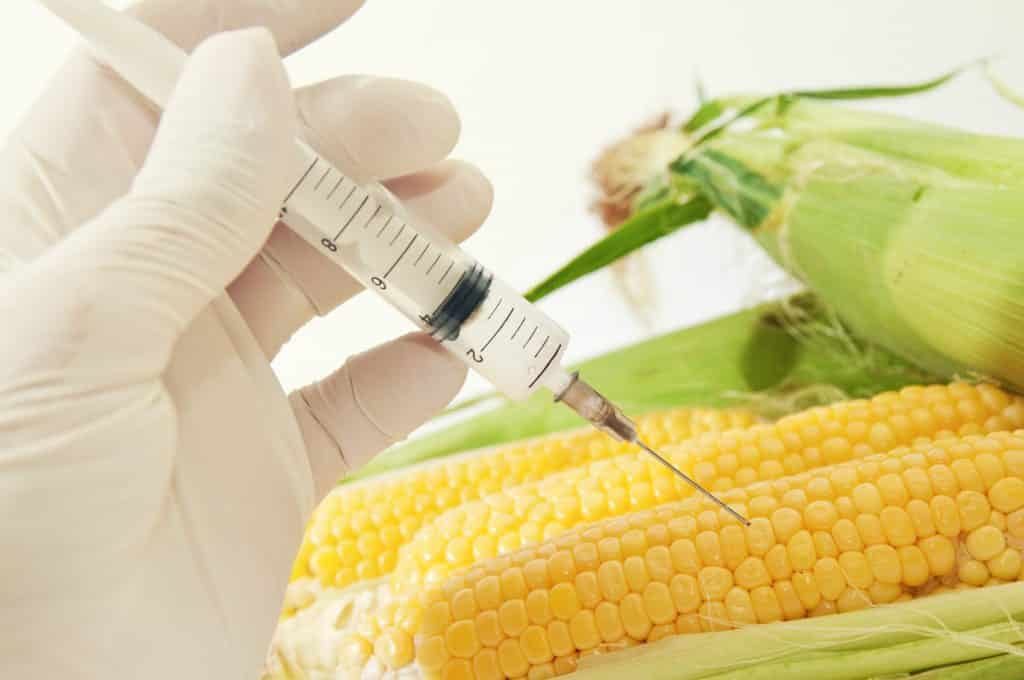
There are a number of claims that suggest GMO food is not safe, with discussions focusing around four major areas of concern. These are ethical concerns, socio-economic issues, environmental impact, and human health. The first issue anti-GMO campaigners have raised is the idea that the technology is ‘too new for us to know if it is dangerous’. This may have some slim merit, however, genetically engineered plants became commercially available more than 20 years ago, and they had been tested in labs for a decade before that. Since then, more than 1,700 peer-reviewed safety studies have been conducted and published. Five of those were in-depth reports from the National Research Council, focusing on human health and the environment. And the current science on GMO food is that it is no more or less dangerous than conventional crops.

Next in line is the claim that it is not worth the risk because there are other ways to feed the world without GMOs. While this advanced farming technology isn’t about to solve the world’s food problems, it does have the potential to significantly increase crop production and security at a time when climate change and population growth threaten food supplies.
And probably the most worrying claim is, ‘GMO’s cause health problems, including allergies and cancer’. This claim comes from the idea that hazardous proteins like allergens and toxins are added to food during the genetic engineering process, which is a legitimate concern. It is, theoretically, possible for a new gene to express a protein that can incite an immune response. However, because of this risk, biotech companies perform extensive allergy and toxicity tests. The downside is, this sort of testing is voluntary, but if they are not conducted, the FDA can block the products.

GM Food And Nutrition
For people searching for a healthy lifestyle and eating natural whole foods, the idea of genetically modified food can be very off-putting. This is understandable, but when looking purely from a scientific nutritional point-of-view, the technology can actually improve the nutritional profile of food. This means it has the potential to assist in reducing the rates of malnutrition around the globe where certain nutrients are lacking. For example, golden rice has beta-carotene added to it, providing a dose of vitamin A, which is lacking in many diets.

While people in first world countries can readily purchase and consume safe, healthy food, micronutrient malnutrition is quite widespread in poorer countries. This affects more than 50 per cent of the population in the developing world, which is why GMO is being touted as a possible solution, or part-solution, to the problem. Transgenic methods, such as bio-fortification, which involves increasing a crop’s nutritional value through genetic engineering, is considered a potentially low-cost solution. However, this option and the current products under review have not been fully tested or approved yet.
There is one major cause of concern related to certain GMO crops, and that is the use of the herbicide glyphosate (roundup), which may be harmful to human health. GM crops that have been developed to be herbicide-resistant and sprayed with this herbicide have the potential to cause adverse effects, according to research. A further study of rats found that GMO corn sprayed with roundup caused cancerous tumors, potentially resulting from the toxic effects of the herbicide, or the genetic modification. The research was heavily criticized and was later retracted, but then republished in a different journal.
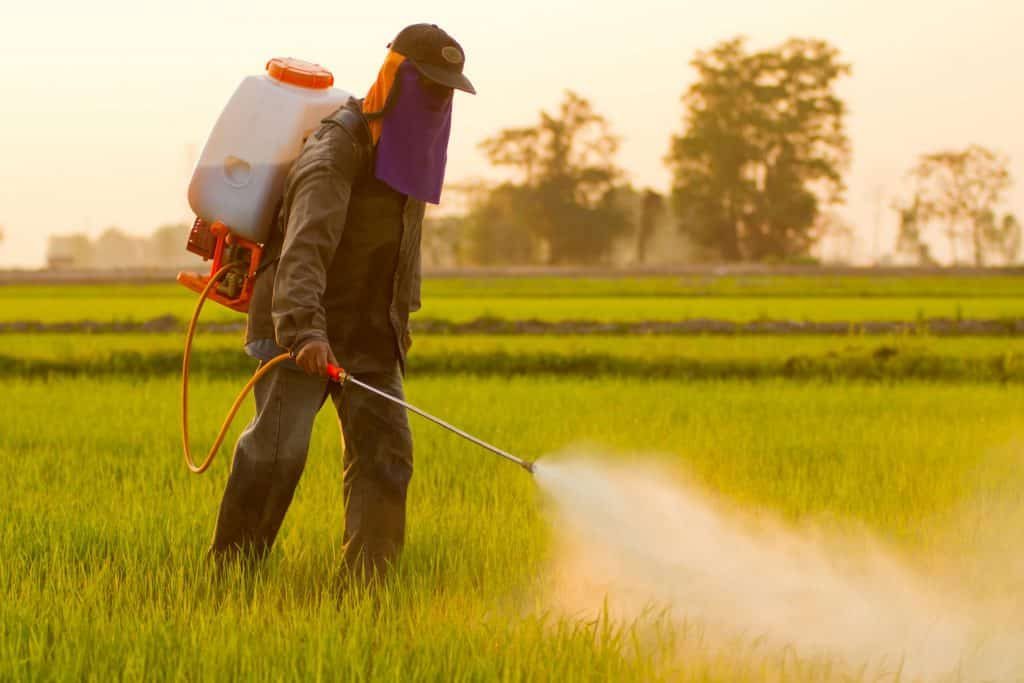
So, Are They Safe?
Over the course of a decade, between 2003 and 2013, more than 1,000 studies concluded that human health and the environment were not in any danger from the development or consumption of genetically engineered crops and food. Among the evidence compilation was a meta study of 50 research projects compiled by the European Commission. It concluded that the ‘use of biotechnology and of GE plants per se does not imply higher risks than classical breeding methods or production technologies’.
The reality is, GMO foods cannot be labeled as ‘healthy’ or ‘unhealthy’ at this stage. The health of them depends entirely on every individual genetically modified crop. However, the risks associated with genetically modified food are scientifically considered to be very low. They are not considered to be any riskier than selective breeding. Despite the fact that there is no evidence to date suggesting GMOs are harmful to humans, the controversy surrounding them continues. This may stem partially from a mistrust of biotech companies, and is not totally unwarranted. There are many scientific studies on the safety of GM food that pose potential conflicts of interest. However, there are also many independent studies that have been conducted, concluding the same thing.
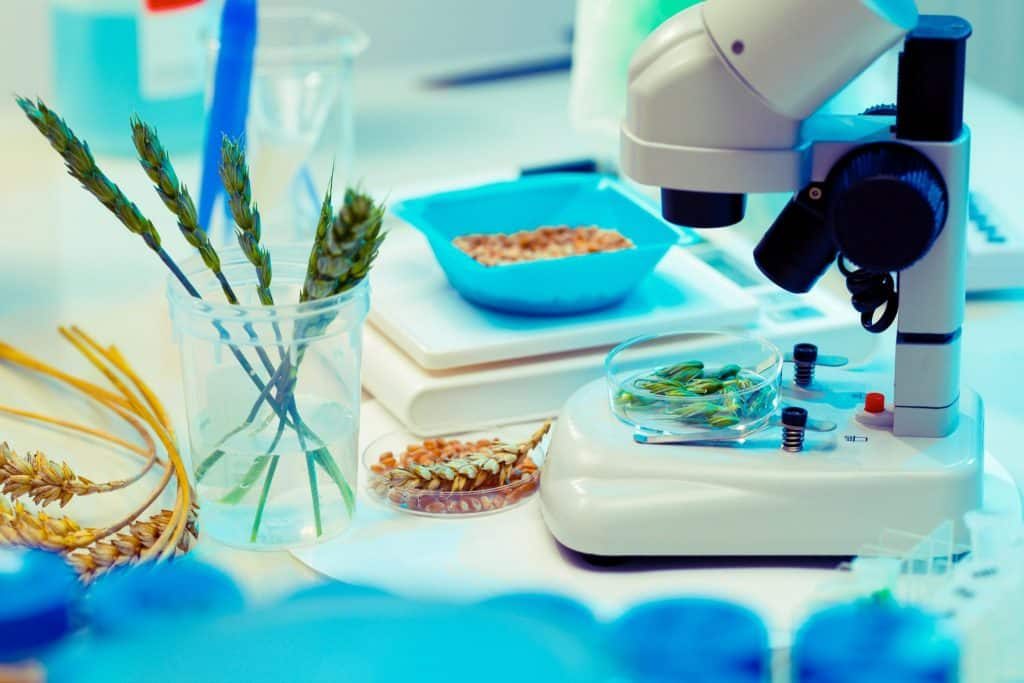
Take Home Message
There is no current evidence to suggest that genetically modified food is harmful to human health. As far as nutrition and science is concerned, you have to look at the available evidence at the time. This, of course, may change over time, but at the moment, GMO food is considered safe to eat. The biggest question mark looming over this modern agricultural practice is the use of the herbicide, roundup. Some GMO crops have been bred to resist the effects of herbicides and pesticides, and when they are sprayed with roundup, they may have a toxic effect on human health when consumed. This is still the subject of heated debate, as is the science of genetic engineering. However, there is no reliable evidence that GMO food is harmful or toxic to human health.


